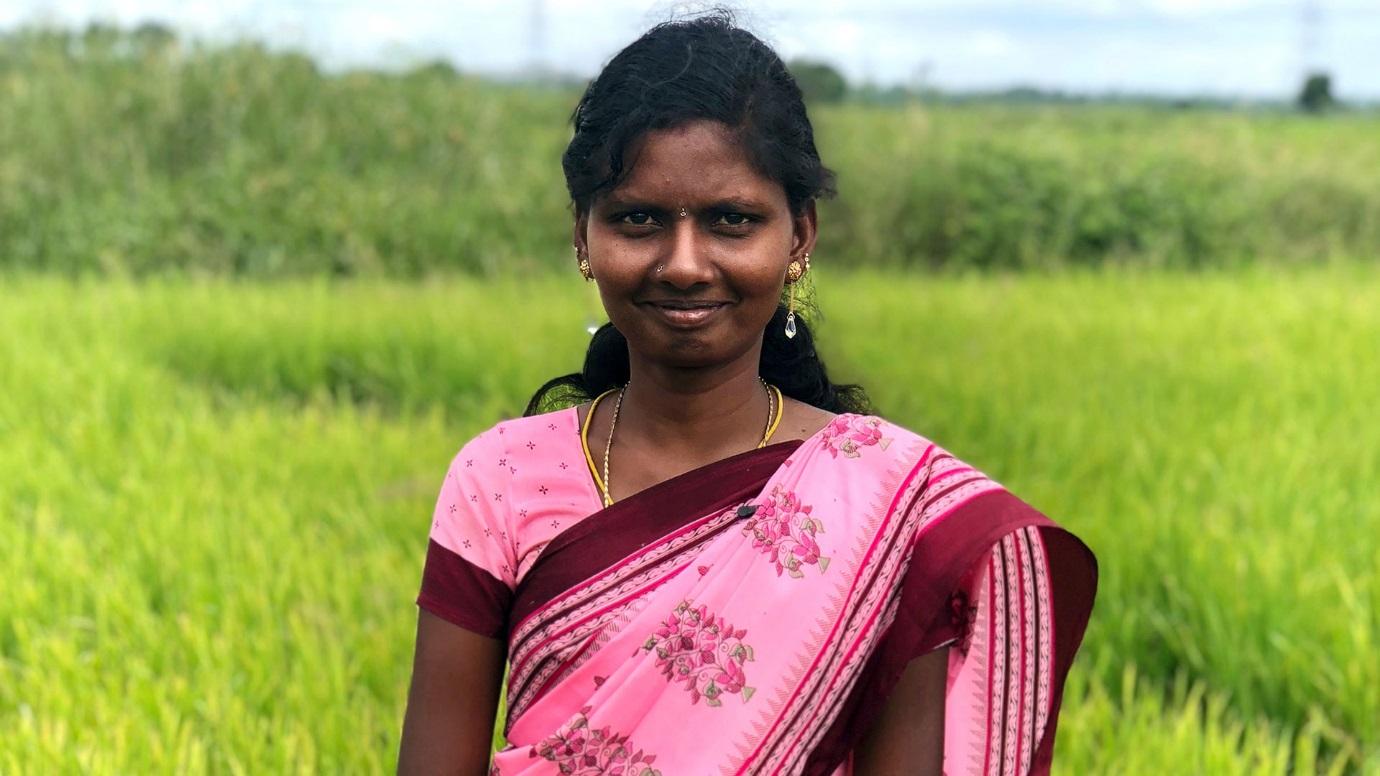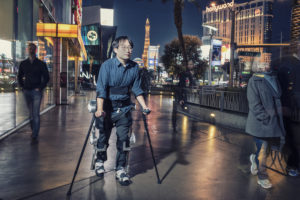For 25-year-old Pachayammal, freedom tastes like biryani. That’s the dish she first ate after being rescued from six years of bonded labour in Tamil Nadu. “We were finally able to eat a meal in peace,” she said.
Now a feisty activist, Pachayammal, along with her husband Arul, has rescued over 100 people from slavery, advocated for homes and work for them, and has rehabilitated them.
Pachayammal’s story is one of ten first-time women voters featured as a part of The Quint’s “Me, the Change” campaign. The campaign, presented by Facebook, sought to put focus on a demographic usually ignored by mainstream media — the first-time woman voter. Launched in October 2018, the campaign highlighted the issues and aspirations of the first-time woman voter in the run-up to the 2019 Lok Sabha elections.
Pachayammal married Arul when she was barely sixteen years old. She married willingly, for love. But little did she know that she married into slavery. The days would be hard and long, breaking and carrying rock from 4.30 am to 9.00 pm. There would be only one meal a day, of watery rice gruel.
Speaking of her ordeal, Pachayammal says, “My husband’s parents had a debt, which he had to repay. The ‘owner’ decided to get me married to him so that we form a ‘pair’(easy to manage, won’t run off, lower pay). We didn’t know this. I too really liked my husband, so I married him.” They faced physical, verbal and sexual abuse daily. Paid 200 rupees(US$2.79) a week, Pachayammal slaved for the quarry owner with more than 25 bonded labourers for six years.
“At 4 am every day, the owner would call us to break rock. Some days, the men would have to work till midnight”, Pachayammal says.
Until, she was rescued.
According to The Quint, over 1 million people were bonded labourers in Tamil Nadu, India in 2018. After Pachayammal was rescued at the age of 23, she turned to activism. She draws from an unending well of self-confidence, to seek out from the government basic rights (homes, electricity, work) for rescued bonded labourers.
And she rescues those still under the throes of slavery. She stakes out quarries, brick kilns, carpentry units for months on end. She goes in to work in those units, to get close to the bonded labourers to ascertain the truth, ropes in government officials and organises a raid.
Pachayammal is now part of the SRLM (State Rural Livelihoods Mission) and gets a steady monthly income. Occasionally, she does daily wage work. Her husband, Arul, earns a living by driving an auto-rickshaw he received from a corporation as part of their CSR. Both of them are doing very well today.
This story by Vikram Venkateswaran was originally published by the Quint on Nov 30, 2018.
To find Pachayamal’s story, a team of three reporters at The Quint reached out to International Justice Mission, a global NGO, from where many case studies were sourced before zeroing in on her. Before The Quint’s video, Pachayammal, was a true inspiration, but her story wasn;t covered in mainstream media. The sight of a camera, or a journalist pushed her and the entire colony into what can only be described as the ‘camera effect’. All the responses were rehearsed and interactions were formal. Pachayammal, and the rest of the colony were expecting to be fed the words, which they would then rattle off. This had been their experience of journalists and the media and what had always happened. To tackle this, The Quint’s reporter Vikram Venkateswaran made several trips to Pachayammal’s village with a cameraperson; but without any equipment. The team got to know them, and spent time with Pachayammal, her husband and the children of the colony. It was only on the fourth visit that the reporter took a camera along. On the sixth visit to Ullavur village, which is a three-hour drive from Chennai, the camera was finally rolled. Over a kerosene stove, as Pachayammal prepared a ‘sambar’ (a local dish) for her husband and herself, the reporter started a conversation with her about food — what she liked to eat, and what she got to eat while a slave. And so, began a genuine retelling of Pachayammal’s inspirational story, which the team managed to capture on camera, minus the inhibition.




